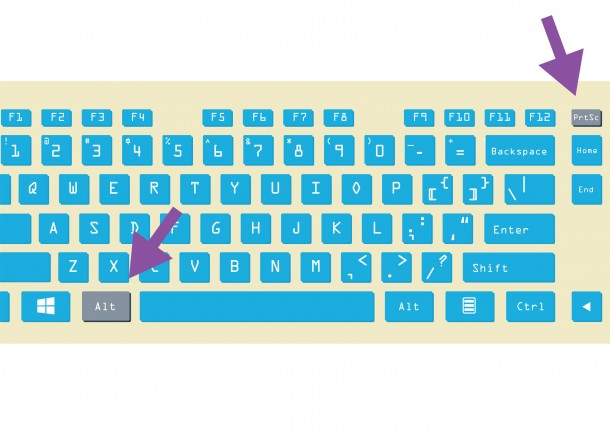

This is not directly to do with work, but there’s also a type of person, whom you write about in the book - you call them “productivity bros” - who seems to want to micromanage time and thinks about it in terms of return on investment. Frank and Lillian Gilbreth Collection, National Museum of American History, Smithsonian Institution There’s a distinction between signing up to do a job and signing up to have every second micromanaged.įrom Jenny Odell’s “Saving Time.” Stopwatch and motion study by Frank Gilbreth, who with his wife, Lillian, examined workers’ movements in the 1910s.

That’s a lot more finite than ‘‘time to lean, time to clean,’’ which is like, if you’re here, you must be performing the image of work at all times, including making up nonsensical tasks. That’s versus someone in her position who’s thinking, I signed up to do the tasks that need to be done in any particular moment. It’s like, if you’re physically present, you should be creating work for yourself. ‘‘Time to lean, time to clean’’ is what a boss would say. I’m thinking about the part of Emily Guendelsberger’s book where she talks about the phrase ‘‘time to lean, time to clean.’’ She was describing working at an ice-cream parlor and had a very different idea of what was owed than her boss did. I’m curious to know what you think we do actually owe our jobs, as far as time goes.

But on a bit more of an individual, personal level, I think we’ve all had jobs at which we felt our employers believed they owned our time.

“I’m really trying to work against an instrumental view of time,” says Odell, who is 37, “where it’s either something that is going to help you or hurt you.”Ī lot of your book is looking at the historical relationship between workers and bosses and who is in charge of whose time. Yet who among us hasn’t wished to manage it better, squeeze more out of it or wrest it away from others and get it under our own control? In her newest book, “Saving Time,” Jenny Odell, a visual artist and the author of the best-selling “How to Do Nothing: Resisting the Attention Economy,” argues that standard ways of thinking about time - particularly regarding work and what time is owed and to whom - can obscure potentially more humane and expansive, less self-centered notions of time, views that go beyond restrictive notions of efficiency or work-life balance. We all understand, rationally anyway, that time never stops, moves in only one direction, is owned by no one and is impossible to make more of.


 0 kommentar(er)
0 kommentar(er)
